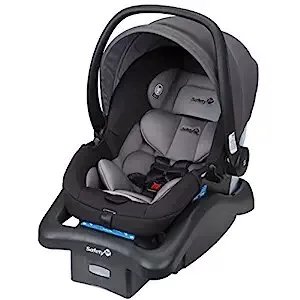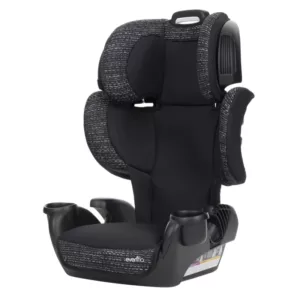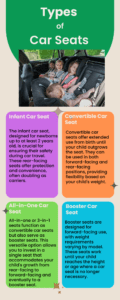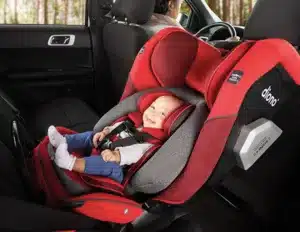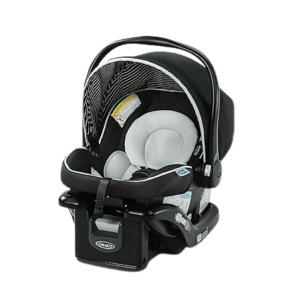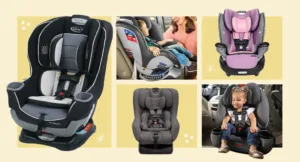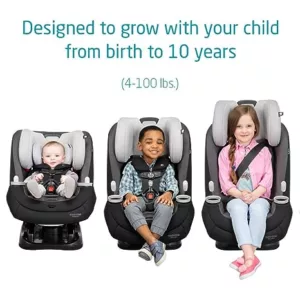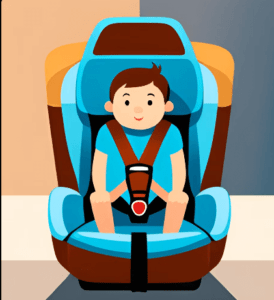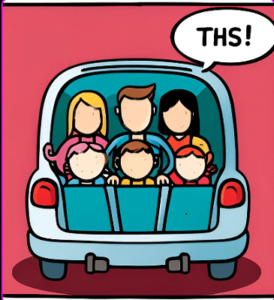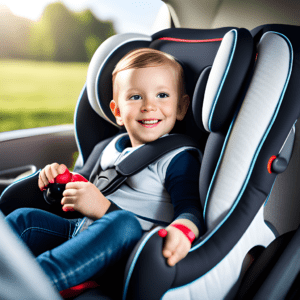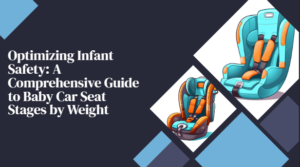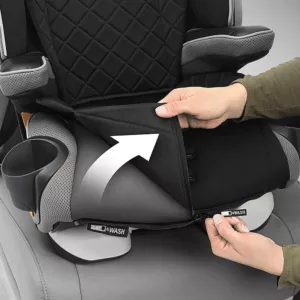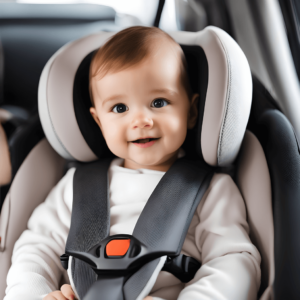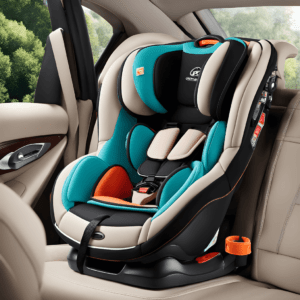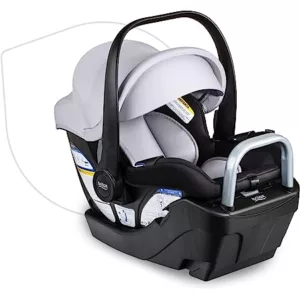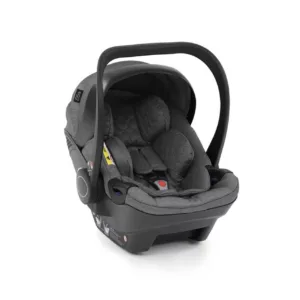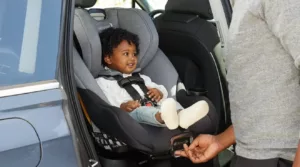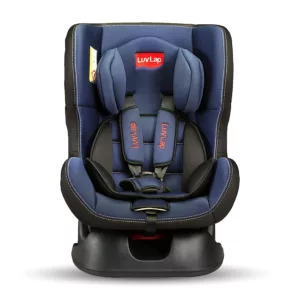What are the Top 15 Infant car seat safety tips? Ensure your child’s safety while on the move with these essential Top 15 Infant car seat safety tips.
Thank you for reading this post, don't forget to subscribe!
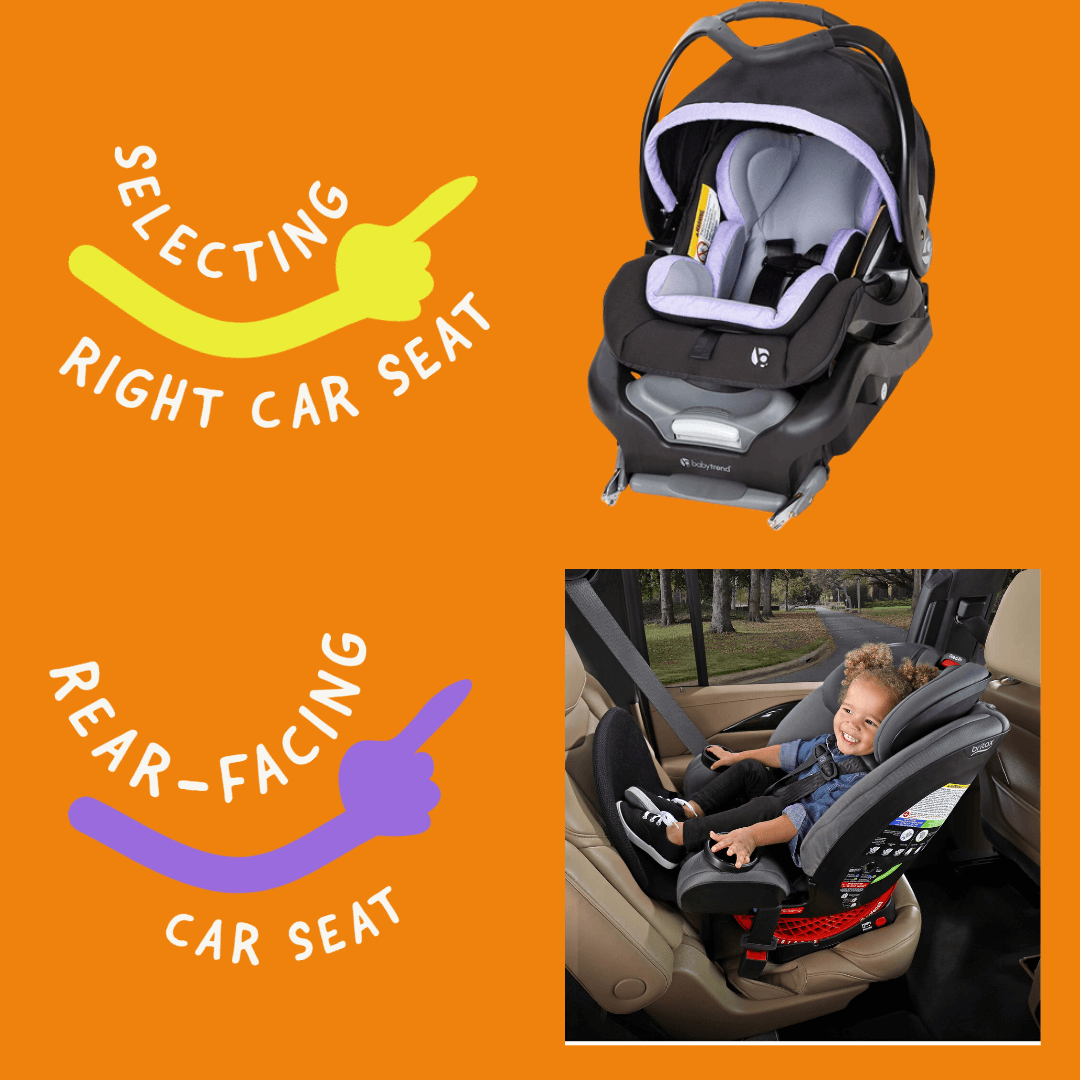
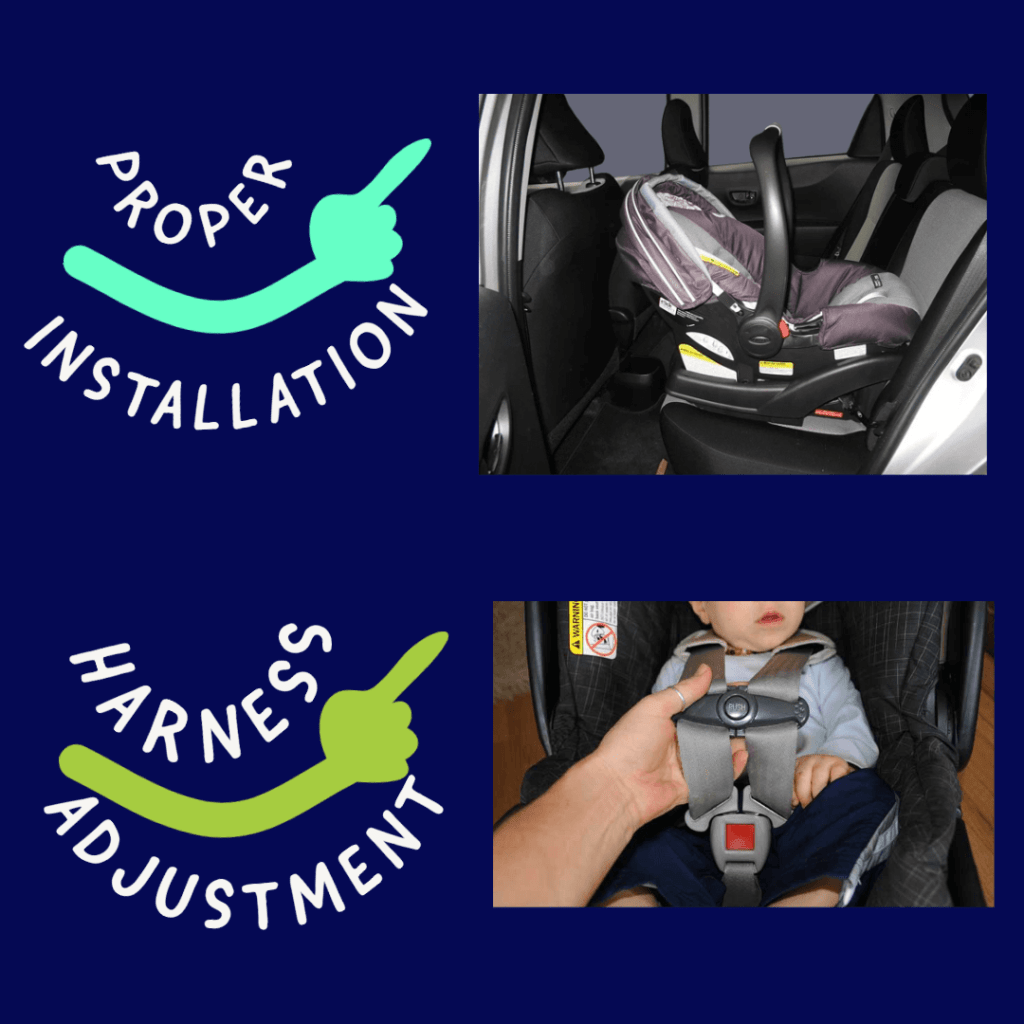
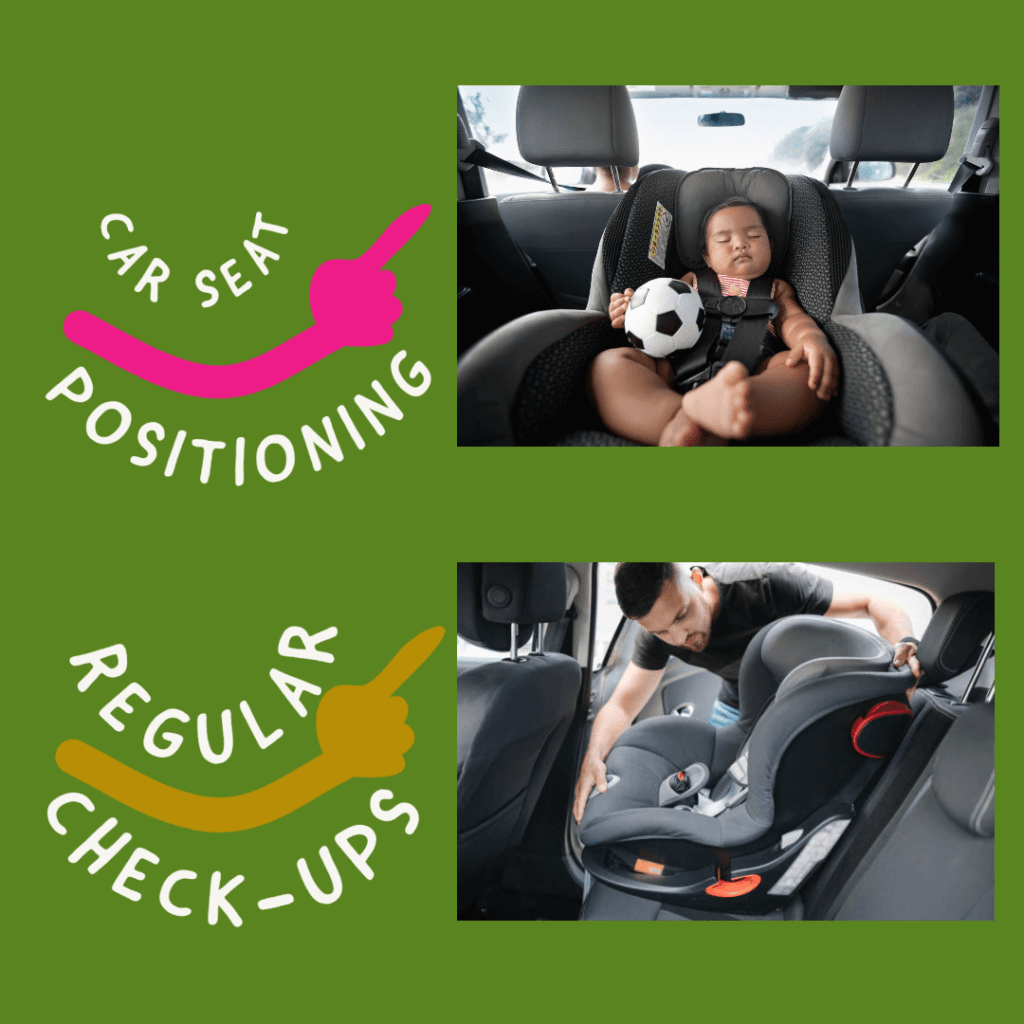
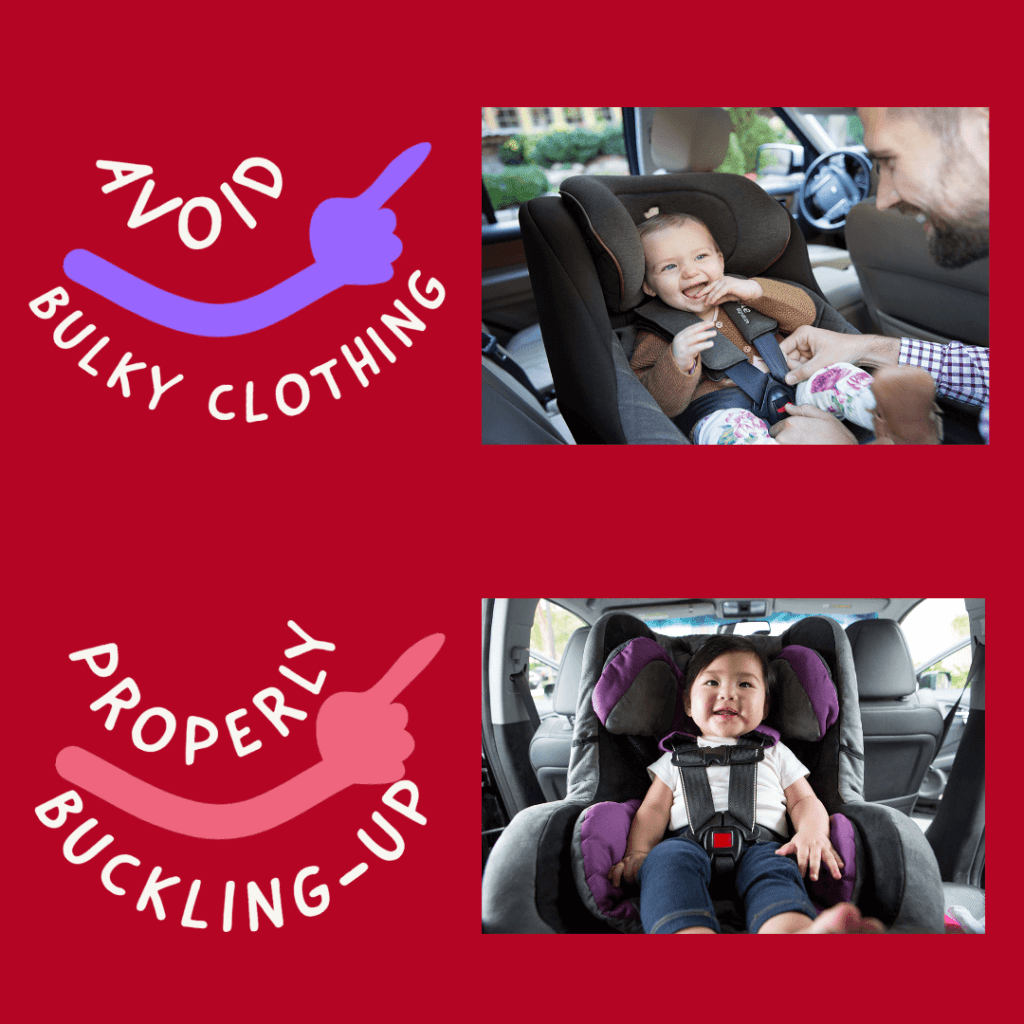
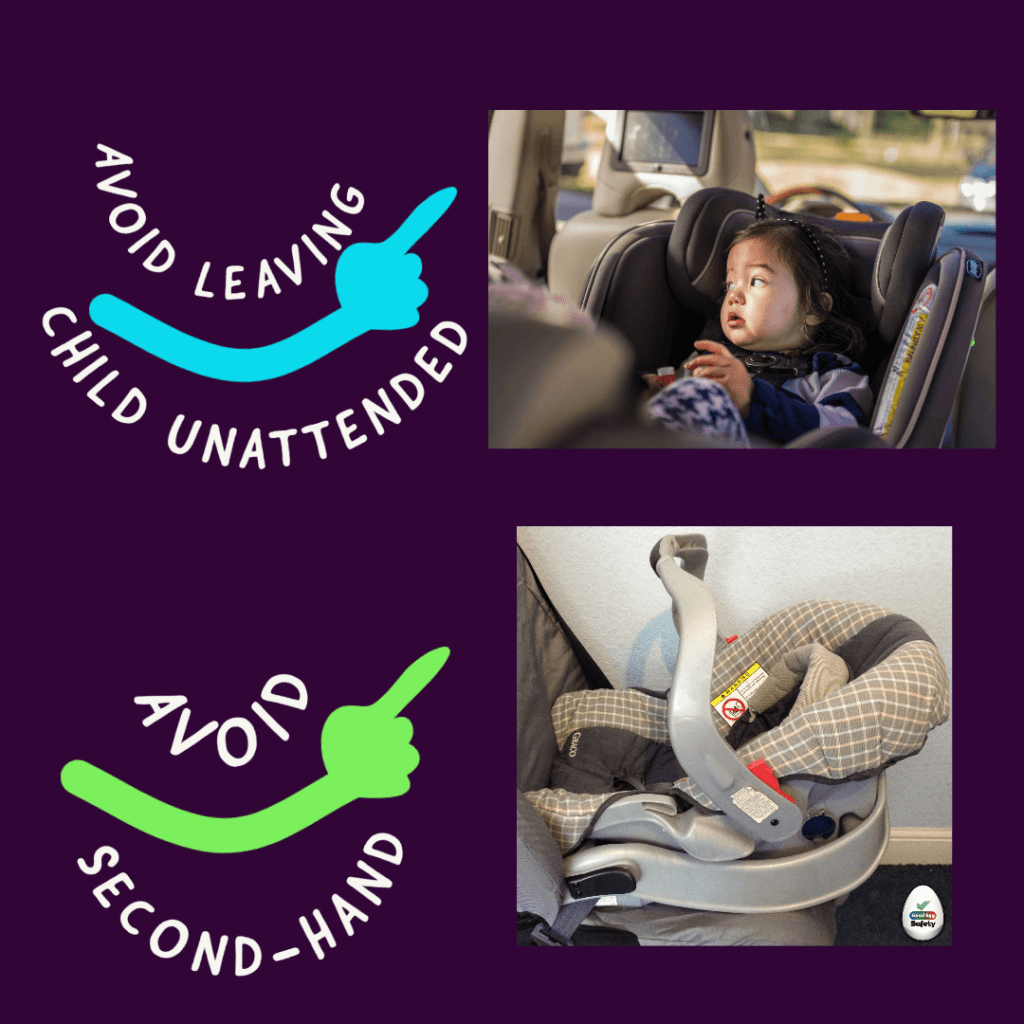
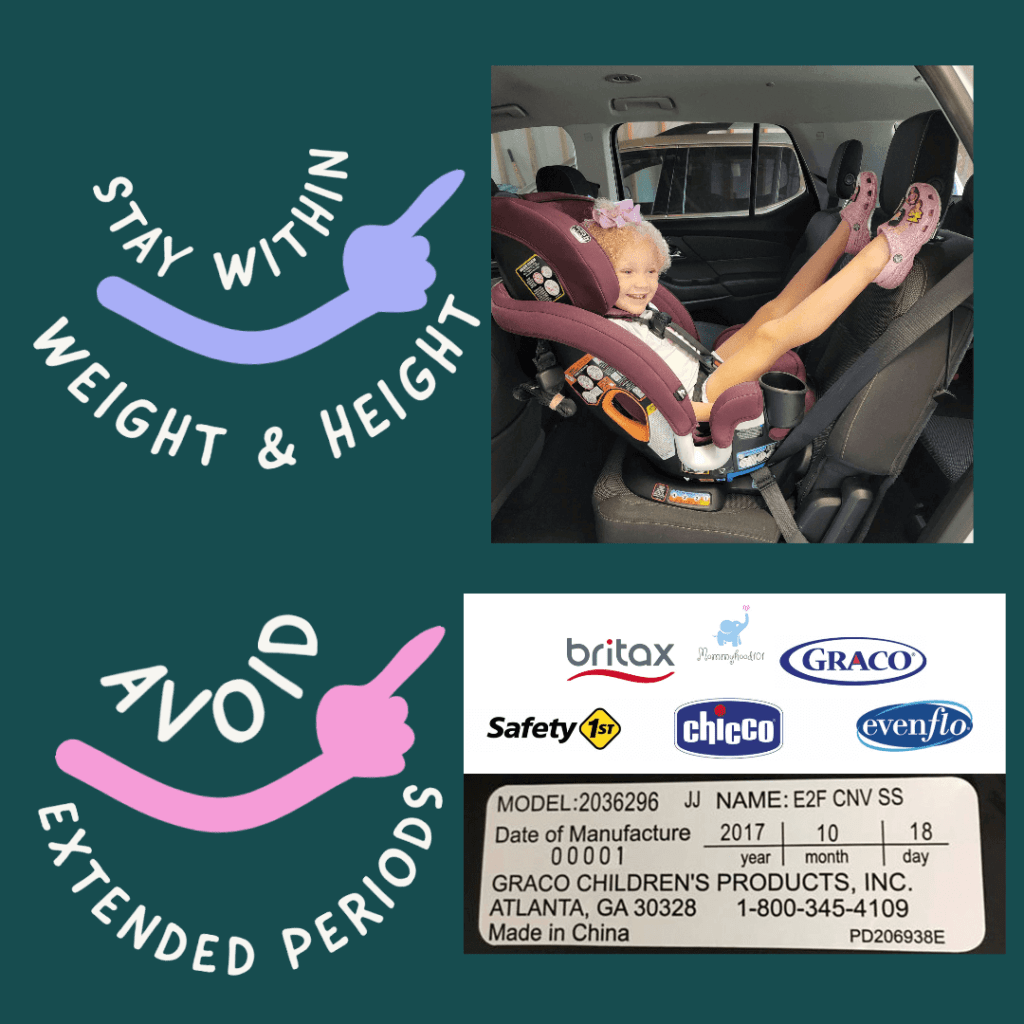
When it comes to ensuring the safety of our little ones on the road, understanding and implementing the key teaching points for infant car seat safety is paramount.
Infant car seats are specially designed to provide optimal protection and support for newborns and young infants. They are designed to absorb and distribute impact forces in the event of a collision, minimizing the risk of injury.
Proper usage and adherence to infant car seat safety guidelines are crucial to maximize infant car seat effectiveness and ensure the child’s safety. By understanding the key teaching points related to infant car seat safety, caregivers can help create a secure and protected environment for their little ones during car journeys.
Table of Contents
ToggleWhat are the Top 15 Infant Car Seat Safety Tips? – Car Seat Safety Guidelines for Infant
When it comes to teaching points for infant car seat safety, the following guidelines should be kept in mind:
1. Selecting the Right Car Seat – Baby Car Seat Safety
Select a suitable car seat based on age, weight, and height, meeting safety standards.
2. Rear-Facing Positioning – Safe Infant Car Travel
Keep infants in rear-facing car seats until they reach the maximum weight or height limit specified by the manufacturer. Rear-facing position supports the baby’s neck, spine, and head, reducing the risk of injury.
3. Proper Installation – Child Car Seat Safety
Ensuring the car seat is correctly installed is essential for its effectiveness. Parents and caregivers should carefully follow the manufacturer’s instructions and use the vehicle’s seat belts or LATCH to secure the seat tightly. Double-check for a secure fit by performing a firm tug at the seat’s base.
4. Harness Adjustment – Infant Car Seat Travel Safety
The harness straps should be snugly fitted, lie flat, with no twists positioned at or below the baby’s shoulders, and fastened securely with the chest clip at the armpit level. It’s crucial to regularly check and adjust the harness to accommodate the child’s growth.
5. Avoid Bulky Clothing – Best Practices for Child Car Seat Safety
Bulky clothing, such as winter jackets or blankets, can compress in a crash and create extra space between the harness and the child’s body. Dress your baby in lightweight clothing and use blankets over the harness if needed.
6. Buckling up – Infant Car Seat Safety Recommendation
Always fasten the harness and buckle securely, ensuring the harness straps are properly threaded through the appropriate slots in the car seat. Check for any slackness or looseness in the straps and readjust as needed.
7. Positioning of the Car Seat – Infant Car Seat Safety Positioning
Place the car seat in the vehicle’s back seat, preferably in the center position. It provides the best protection in the event of a side-impact collision. If the central position is unavailable, choose the position that allows for the most secure installation.
8. Regular Checks and Maintenance – Newborn Car Seat Safety
Inspect the car seat for signs of wear, damage, or expiration. Follow the manufacturer’s guidelines regarding maintenance and cleaning to ensure the seat’s integrity and functionality, otherwise your infant car seat safety could be on sake.
9. Avoiding Aftermarket Accessories – Infant Car Seat Safety Tips
Avoid using aftermarket accessories, such as padding, headrests, or strap covers, unless the car seat manufacturer specifically recommends them. These accessories may interfere with the proper seat functioning or compromise the infant car seat safety.
10. Avoid Leaving the Child Unattended – Infant Car Seat Safety
Never leave a child unattended in a car seat, especially in a parked vehicle. Extreme temperatures and lack of ventilation can pose serious risks to the baby’s health and safety.
11. Avoid Second-Hand Car Seats – Newborn Car Seat Safety
It’s generally recommended to avoid using second-hand car seats unless you are certain of their history and know that it has not been involved in any accidents. Used car seats may have unknown damage or be expired, compromising their effectiveness.
12. Stay within Weight and Height Limits – Appropriate Infant Car Seat Safety
Follow the weight and height limits provided by the car seat manufacturer. Once your child exceeds the limits of the infant car seat, transition to an appropriate convertible or forward-facing car seat.
13. Avoid Extended Periods in Car Seats
When utilizing a car seat during travel, it is crucial to refrain from leaving your baby in the car seat for prolonged durations outside of the vehicle. Prolonged time in a car seat can increase the risk of breathing difficulties and positional asphyxia.
14. Proximity to Airbags
Position the car seat in a way that keeps your baby away from active airbags. Rear-facing seats should never be placed in front of an active frontal airbag, as this could pose a serious risk of injury in the event of a collision. Avoid extended periods in car seats
15. Secure Vehicle Environment –
Ensure that the car seat is properly secured in a stable and level position within the vehicle. Avoid placing the car seat on a surface that could tip or move during travel, ensuring a safe and comfortable ride for your baby.
While it’s necessary to use a car seat for travel, it’s important to avoid leaving your baby in the car seat for extended periods outside of the vehicle. Prolonged time spent in a car seat can increase the risk of breathing difficulties and positional asphyxia.
Always consult the specific guidelines provided by the car seat manufacturer and ensure that you are using the car seat correctly. Additionally, you may consider attending a local car seat inspection event or consulting a certified child passenger safety technician for personalized guidance and assistance with installation.
How Long Should Kids Use Rear-Facing Car Seat? – Infant Car Seat Safety
Based on research indicating enhanced protection for the head, neck, and spine in case of a crash, the American Academy of Pediatrics (AAP) recommends that children should stay in a rear-facing car seat for as long as feasible, adhering to the car seat manufacturer’s maximum height and weight limits.
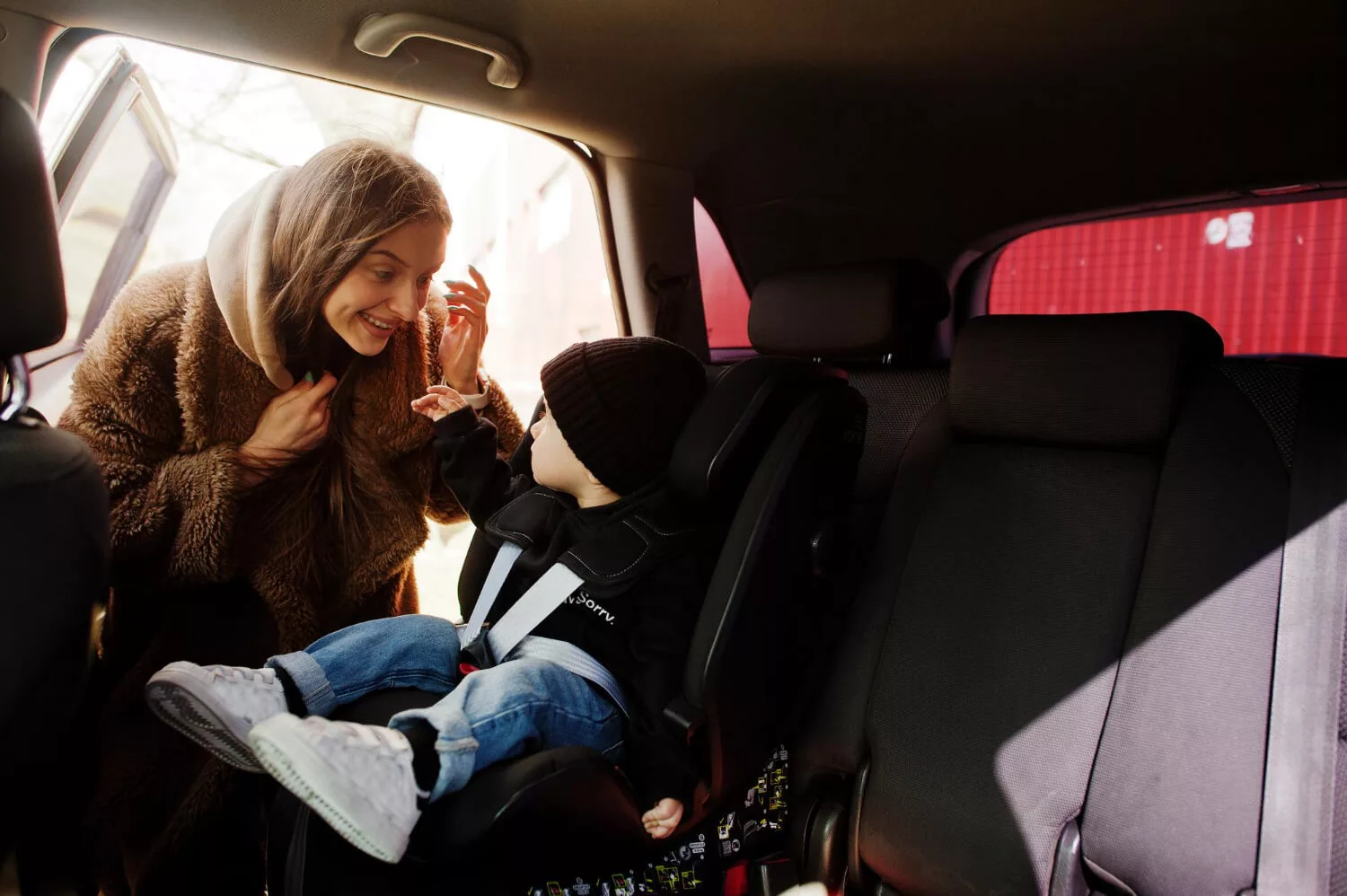
Previously, the AAP suggested that children should remain rear-facing until at least the age of 2. However, in their latest policy statement, they removed the specific age milestone and emphasized the importance of considering the child’s height and weight instead. This change reflects the fact that different children grow at different rates.
It’s crucial to consult the specific guidelines provided by the manufacturer of your car seat to determine the maximum height and weight limits for rear-facing use. As long as your child is within those limits, it’s recommended to keep them facing the rear of the car for optimal safety.
Centers for Disease Control and Prevention Recommendations – CDC
JAMA Pediatrics Recommendations – JAMA
What Else Should I Know Regarding Rear-Facing Car Seats? Securing Baby in Car Seat
Benefits of Rear-Facing Seats
| Benefits | Description |
| Enhanced Protection | Offers optimal protection for the head, neck, and spine in the event of a collision. |
| Reduced Risk of Head and Neck Injuries | Helps distribute crash forces evenly, reducing strain on the neck and minimizing head and neck injuries. |
| Support for Proper Development | Maintains the natural posture and curvature of the spine, aiding in a baby’s development. |
| Protection from Frontal Collisions | Absorbs impact and redirects it across the back of the seat, safeguarding the child. |
| Protection from Side-Impact Collisions | Additional features provide increased protection in side-impact collisions. |
| Longer Use | Suitable for newborns and infants, allowing extended use and enhanced protection during early development stages. |
Follow the Car Seat Manufacturer’s Guidelines
It’s vital to go through and follow the guidelines provided by the manufacturer of your specific car seat. These guidelines will indicate the maximum weight and height limits for rear-facing use. Adhering to these recommendations ensures that your child remains in the appropriate seat for their size and age.
Transitioning to Forward-Facing Seats
Once your child reaches the maximum weight or height limit for rear-facing use, you can consider transitioning them to a forward-facing car seat. However, it’s best to delay this transition as long as possible to maximize safety. The AAP advises using rear-facing seats for as long as the child fits within the specified limits.
Checking State and Local Laws
It’s important to be aware of the car seat laws in your state or locality, as they may have specific requirements regarding rear-facing seats. Familiarize yourself with these laws to ensure compliance and the safety of your child.
Remember, prioritizing your child’s safety by following recommended guidelines and staying informed about best practices is crucial when it comes to car seat usage.
What are the Various Categories of Car Seats Available? – Baby Travel Safety Measures
Several types of car seats are available to accommodate children of different ages, sizes, and developmental stages. Some of the primary car seat variants comprise
Infant Car Seat
Designed for newborns and infants, these seats are specifically designed to be rear-facing and provide proper support for the baby’s head and neck. They usually have a detachable carrier that can be easily removed from the car and used with a compatible stroller.
Convertible Car Seat
Convertible car seats offer versatility, as they can be utilized in both rear-facing and forward-facing orientations. They offer extended use, accommodating infants and toddlers. It’s important to follow the manufacturer’s guidelines regarding weight and height limits for each position.
All-in-One Car Seat
Similar to convertible car seats, all-in-one car seats can be used in multiple configurations, including rear-facing, forward-facing, and as a booster seat. They offer the advantage of providing all the necessary car seat stages in one product, accommodating children from infancy to their booster seat stage.
Combination Car Seat
Combination car seats combine a forward-facing car seat with a booster seat. These seats typically have a harness system that can be removed when the child is ready to transition to the booster seat stage.
Booster Seat
Booster seats are intended for older children who have outgrown their forward-facing car seats but have yet to safely reach the height required to use a seat belt alone. These seats assist in positioning the vehicle’s seat belt appropriately across the child’s body, ensuring optimal safety.
Choosing a car seat appropriate for your child’s age, weight, and height is crucial. Always follow the manufacturer’s guidelines for installation and usage to ensure maximum safety. Additionally, it’s important to regularly check for any recalls or safety updates related to your car seat model.
Wrap Up
The significance of adhering to Infant car seat safety tips cannot be overstated. Incorporating these crucial guidelines into your car journey routines creates an environment that prioritizes your child’s well-being. Implementing Infant car seat safety tips translates into a tangible commitment to ensuring your little one’s protection on the road.
Embracing Infant car seat safety tips means making informed choices in selecting the appropriate car seat, meticulously installing it to guarantee optimal security, and adeptly adjusting the harness to accommodate your child’s growth. Staying attuned to weight and height limits and vigilantly avoiding extended periods of car seat use reflects a commitment to the long-term safety of your precious passenger.
The resonance of Infant car seat safety tips echoes in avoiding bulky clothing that might compromise the snugness of the harness and in the vigilant examination of the car seat for any wear or damage. It resounds in the awareness of the potential risks posed by second-hand car seats, encouraging prioritization of brand-new, reliable options.
Furthermore, Infant car seat safety tips underline the value of responsible adult supervision, advocating against leaving a child unattended in the car seat, especially within parked vehicles. This commitment extends to avoiding aftermarket accessories that could interfere with the seat’s designed safety functions.
Ultimately, the consistent application of Infant car seat safety tips cultivates a culture of unwavering concern for your child’s safety, demonstrating that it is more than a set of guidelines; it is a promise to safeguard the joy, comfort, and security of your little one during every journey. By incorporating these car seat safety tips into your routine, you protect your child on the road and instill lifelong lessons in responsible safety practices. So, let Infant car seat safety tips be your constant companion as you embark on countless adventures together, ensuring the safety and happiness of your cherished passenger every step of the way.
Related Articles
Avoid Mistakes Safety Car Seats
Frequently Asked Questions – FAQ
What is the proper way to carry a car seat?
The proper way to carry a car seat is by using both hands and supporting it with your arms, keeping it close to your body for stability and ensuring a secure grip.
Which is the safer, front-facing or rear-facing seat?
The rear-facing seat is generally considered safer than the front seat.
Why is rear-facing safer than a front-facing car seat?
Rear-facing car seats are safer than front-facing ones because they provide better protection for a child’s head, neck, and spine. During a collision, a rear-facing car seat disperses the impact force more evenly along the child’s back, minimizing the potential for serious injuries.
Which side of the car gets hit the most?
Determining which side of the car gets hit, the most cannot be definitively answered since it can vary based on factors like location, driving conditions, and individual circumstances.
